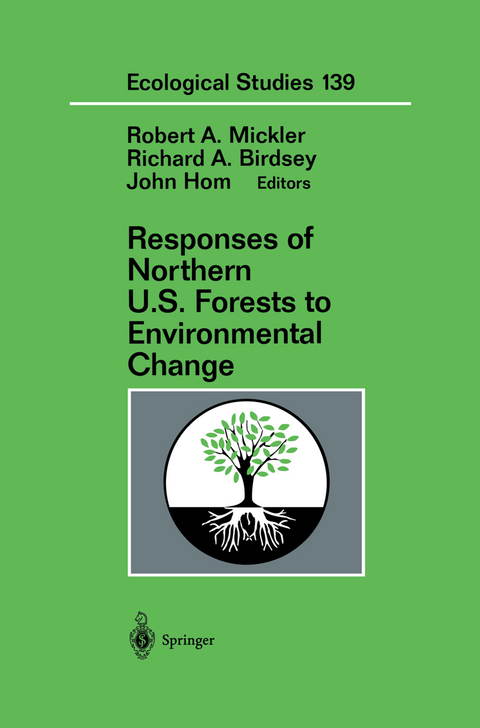
Responses of Northern U.S. Forests to Environmental Change
Springer-Verlag New York Inc.
978-1-4612-7064-5 (ISBN)
Section 1. An Introduction to Northern U.S. Forest Ecosystems.- 1. Forest Resources and Conditions.- 2. Geologic and Edaphic Factors Influencing Susceptibility of Forest Soils to Environmental Change.- 3. Climate and Atmospheric Deposition Patterns and Trends.- 4. Forest Declines in Response to Environmental Change.- Section 2. Global Change Impacts on Tree Physiology.- 5. Interacting Effects of Multiple Stresses on Growth and Physiological Processes in Northern Forest Trees.- 6. Physiological and Environmental Causes of Freezing Injury in Red Spruce.- 7. Tree Health and Physiology in a Changing Environment.- 8. Atmospheric Deposition Effects on Surface Waters, Soils, and Forest Productivity.- Section 3. Ecosystem-Scale Interactions with Global Change.- 9. Nitrogen Saturation in Experimental Forested Watersheds.- 10. Effects of Soil Warming on Carbon and Nitrogen Cycling.- 11. Regional Impacts of Climate Change and Elevated Carbon Dioxide on Forest Productivity.- 12. Regional Impacts of Ozone on Forest Productivity.- 13. Effects of Climate Change on Forest Insect and Disease Outbreaks.- 14. Forest Responses to Changing Climate: Lessons from the Past and Uncertainty for the Future.- Section 4. Summary.- 15. Summary of Prospective Global Change Impacts on Northern U.S. Forest Ecosystems.
| Reihe/Serie | Ecological Studies ; 139 |
|---|---|
| Zusatzinfo | XIX, 581 p. |
| Verlagsort | New York, NY |
| Sprache | englisch |
| Maße | 155 x 235 mm |
| Themenwelt | Naturwissenschaften ► Biologie ► Ökologie / Naturschutz |
| Naturwissenschaften ► Geowissenschaften ► Geologie | |
| Naturwissenschaften ► Geowissenschaften ► Meteorologie / Klimatologie | |
| Weitere Fachgebiete ► Land- / Forstwirtschaft / Fischerei | |
| ISBN-10 | 1-4612-7064-2 / 1461270642 |
| ISBN-13 | 978-1-4612-7064-5 / 9781461270645 |
| Zustand | Neuware |
| Haben Sie eine Frage zum Produkt? |
aus dem Bereich


